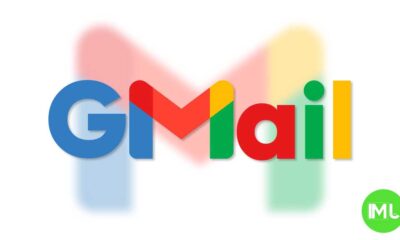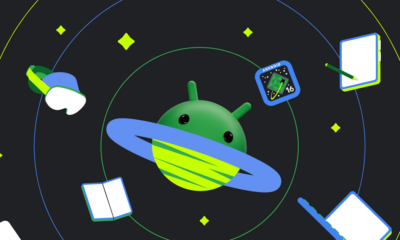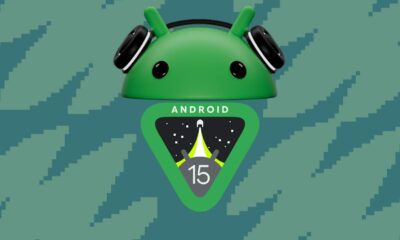Android
Google’s shift to Android TV 16 and the new Quick Share setup on Android 15: What You Need to Know
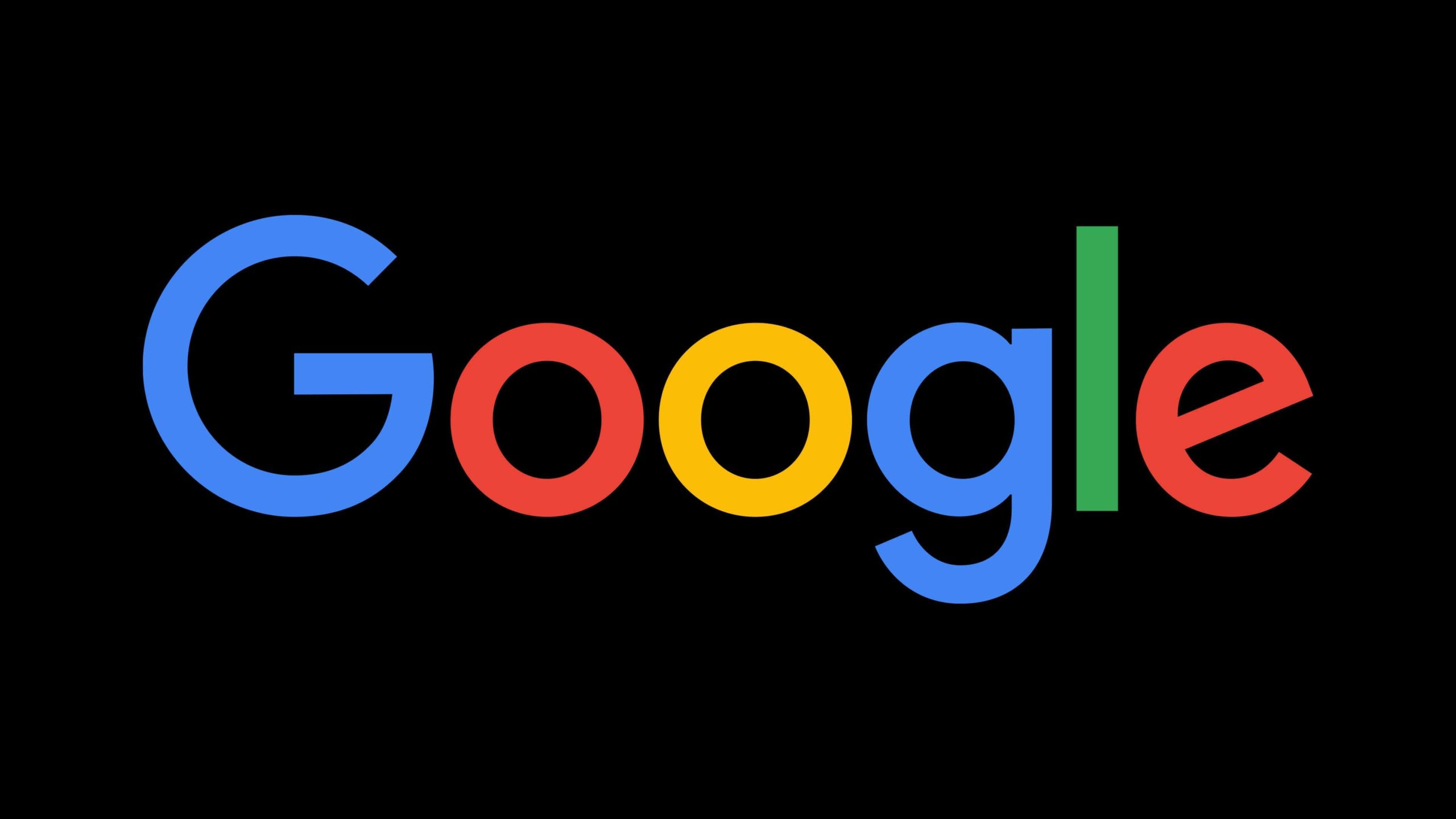
Google is making significant changes to Android TV and its file-sharing feature, Quick Share, bringing new improvements and requirements that could impact users across the Android ecosystem. Here’s a breakdown of what’s happening and why it matters.
Why Android TV Might Skip Android 15 and Go Directly to 16
Unlike smartphones and tablets, Android TV is primarily a media consumption platform. Google has traditionally updated Android TV to stay aligned with Android’s core development cycle, but TV manufacturers struggle to keep up. Unlike handheld devices, people tend to replace TVs every 5-10 years, based on hardware features, rather than frequent software updates. This less frequent update cycle has led Google to a bi-yearly release schedule for Android TV updates, with the next major version potentially skipping Android 15 to focus on Android 16.
During a recent Android TV partner conference, Google reportedly announced this new release strategy. This isn’t entirely new territory for Google, as they skipped Android TV 13 and jumped straight to Android TV 14. The current version, Android TV 14, is based on the Android 14 codebase. Now, with a likely two-year gap, Android TV’s next big update might launch as Android TV 16 in 2026, aligning with the release of Android 16 for smartphones and tablets.
This shift could streamline development and give TV manufacturers more time to implement updates, although some may wonder if Google might surprise users by going directly to Android TV 17 in 2026. Google has also been testing system-level APIs for Android TV 16, suggesting a focus on Android 16 as the foundation for future Android TV developments.
Features to Expect in Android TV 16 (Or 17)
Currently, it’s unclear what new features might appear in Android TV 16. Most Android TV apps are not part of the Android Open Source Project (AOSP), making it challenging to track changes through source code. Google usually unveils new features through developer previews, so any upcoming innovations will likely be shared closer to the release date.
Google’s New Approach with Quick Share in Android 15
In addition to Android TV updates, Google is refining its Quick Share feature for Android devices, aiming to make it more accessible and widely used. Quick Share, originally known as Nearby Share, is Google’s built-in file-sharing solution, designed to be a fast, seamless way to transfer files between Android devices, Chromebooks, and even some Windows PCs.
Since its release in 2020, Quick Share has been available on most Android devices running Android 6.0 or higher with Google Play Services. However, many users are still unaware of its existence. To increase visibility, Google is making Quick Share part of the Android 15 setup process. When setting up a new Android 15 device, users will see a Quick Share configuration page within the setup wizard, making it easier to enable and customize.
Google has mandated that all Android devices launching with Android 15 or later must include this setup screen for Quick Share. Users will be prompted to set their device’s visibility and sharing preferences right from the start, helping them understand Quick Share’s capabilities immediately. This visibility setting allows users to control who can send files to them, enhancing privacy and user control.
OEM Requirements and Custom Solutions
Google’s mandate includes an exception for manufacturers that have their own custom Quick Share implementations using Google’s Nearby SDK. For instance, Samsung has its own version of Quick Share integrated with Google’s Nearby SDK, so Galaxy devices are not required to use Google’s setup page. Nevertheless, it wouldn’t be surprising if Samsung adds a similar setup page to improve the user experience and encourage more people to use the feature.
Why These Changes Matter
The shift to Android TV 16 reflects Google’s strategy to keep Android TV updated without overwhelming manufacturers. This biyearly schedule could result in more stable, feature-rich Android TV versions with greater adoption among TV makers.
Meanwhile, Quick Share’s integration into the setup process aims to boost adoption of Google’s file-sharing feature, making it as recognizable on Android devices as Apple’s AirDrop is on iOS. By making Quick Share more accessible, Google is addressing a key usability issue, potentially improving the overall Android experience for millions of users.
Conclusion
Google’s evolving strategy for Android TV and the Quick Share feature shows the company’s focus on long-term improvement and user accessibility. Android TV’s two-year release cycle could bring more innovation to the living room while allowing TV manufacturers to better keep up with updates. At the same time, Quick Share’s integration into Android’s setup wizard ensures that more users know about and can benefit from Android’s convenient file-sharing tool. As these changes roll out, they’ll likely enhance the functionality and usability of both Android TVs and mobile devices in the coming years.
Android
Android 16 boosts USB data safety and fixes delayed notifications on Pixel phones
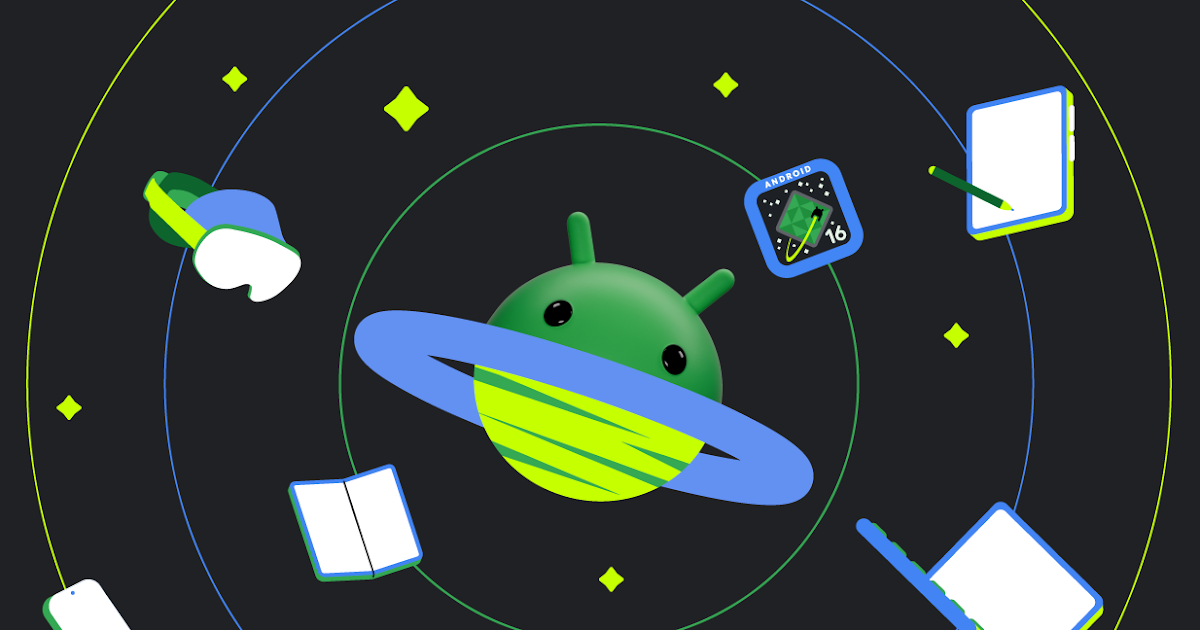
Google’s upcoming Android 16 update is bringing better security and some helpful improvements, especially for Pixel phone users. One of the main features in Android 16 is a new way to protect your phone’s data when it’s connected to a computer through USB. Right now, when you plug your phone into a PC or laptop, it can access all your data as long as you approve it.
With Android 16, Google is adding an extra security layer that only allows limited access unless you enter your PIN, password, or use your fingerprint. This will help protect your files if someone tries to access your phone without permission.
At the same time, Google is also working on a fix for a frustrating issue that some Pixel users have been facing for months — delayed notifications. After the April 2024 update, many users noticed that app alerts were not showing up on time, especially from messaging apps. Google has confirmed the problem and says a fix will be included in a future update, though it’s not in the current April patch yet.
Together, these changes show that Google is focusing on both stronger privacy and a smoother experience for Android and Pixel users. Android 16 is expected to roll out later this year, starting with developer previews.
Android
Google improves Translate, Assistant, TV, and Chrome with new updates

Google is bringing several updates across its apps to make them more useful and easier to use. Google Translate is working on a new feature called “Practice.” It helps users improve their language skills by offering short exercises, like matching words or filling in blanks. Right now, it looks like it will focus on Spanish, but other languages may come later. This tool could be great for people who want to go beyond just translating words and learn the language.
Google Assistant’s Driving Mode in Google Maps is starting to shut down. Many users are noticing that the card-style dashboard is disappearing, and the Assistant voice command shortcut no longer works. Google hasn’t officially said why, but it seems they’re moving away from this feature, possibly to focus on other tools or experiences in Maps.
Google TV’s Freeplay app is now back with a fresh look. It gives users free access to over 100 live TV channels. The redesign makes it easier to browse channels and see what’s playing. The new layout also highlights what’s currently on, making it faster to start watching without having to dig through menus.
Lastly, Google Chrome is testing a new built-in PDF viewer. This upgraded tool makes reading and editing PDFs easier right inside the browser. It includes better zoom controls, a cleaner layout, and a page list view that lets users jump to specific pages more quickly. These updates show Google’s push to improve how we learn, drive, watch TV, and browse the web.
Android
Android 15 grows slowly, while Google brings new AI tools to search and creators
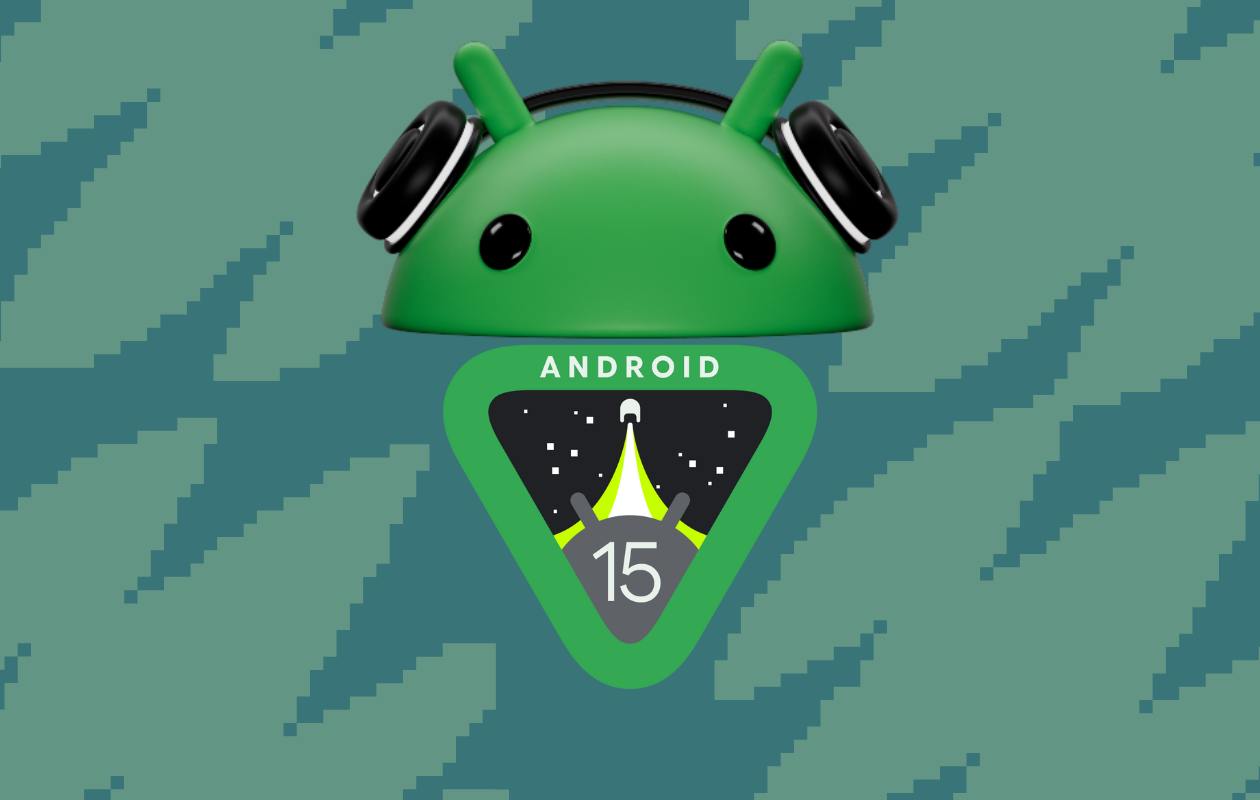
Google has shared the latest Android version usage numbers, showing that Android 15 is still in the early stages of adoption. As of April 2025, only 0.1% of Android devices are using Android 15. This version is currently in its beta phase, mostly available on Pixel and select partner phones. Android 14 leads the way with a 35.2% share, followed by Android 13 at 17.3% and Android 12 at 15.4%. Android 11 still holds 12.4%, showing how long older versions stick around.
Meanwhile, Google is also making changes in its AI efforts. The Gemini AI “prompt bar,” first seen in the Chrome browser, is now being tested in Google Search. This new feature lets users type or click suggestions to ask questions directly using Gemini, making search more interactive. It’s rolling out to more people gradually.
In addition to that, Google introduced Veo, a powerful video generation tool for creators. Veo can make high-quality videos from simple text prompts, using advanced AI to understand scenes, emotions, and cinematic styles. Google is currently letting select creators try Veo through a waitlist.
Together, these updates show how Google is improving both its Android platform and AI services. While Android 15 adoption is just beginning, features like the Gemini prompt bar and Veo highlight the company’s growing focus on AI to enhance user experiences across devices and tools.
-

 Apps1 year ago
Apps1 year agoGboard Proofread feature will support selected text
-

 News1 year ago
News1 year agoSamsung USA crafting One UI 6.1.1
-

 News1 year ago
News1 year agoBreaking: Samsung Galaxy S22 may get Galaxy AI features
-

 News1 year ago
News1 year agoSamsung Galaxy S23 Ultra with One UI 6.1 and all S24 AI features revealed
-

 News1 year ago
News1 year agoOne UI 6.1 Auracast (Bluetooth LE Audio) feature coming to many Samsung phones
-

 News1 year ago
News1 year agoSatellite SOS feature coming to Google Pixel phones, evidence leaked
-

 Apps11 months ago
Apps11 months agoGoogle’s fancy new Weather app is finally available for more Android phones
-

 News1 year ago
News1 year agoGoogle Pixel evolves as Europe’s third best selling flagship

